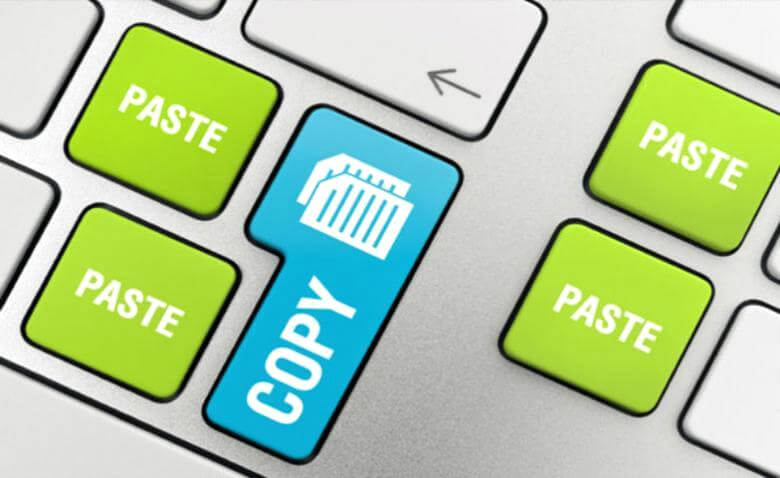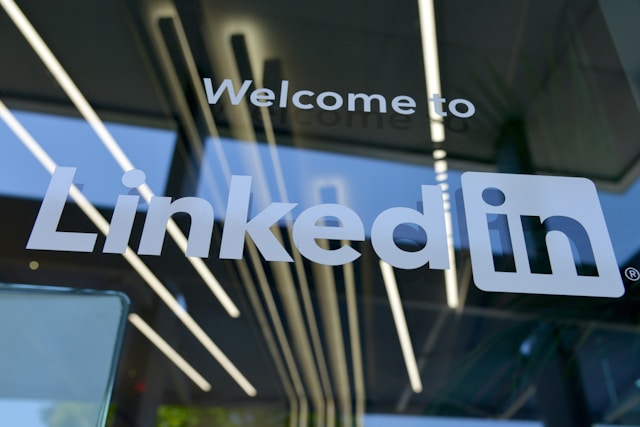How to detect plagiarism?
Content is created for online sites at a massive rate. The occurrence of plagiarism across multiple online platforms is also quite rampant. Efficient plagiarism software is developed to check different kinds of content for unlawful duplication.
A plagiarism scanner such as Copyleaks, free or paid is useful in scanning a research paper or academic paper. At the same time, the plagiarism detector highlights copied content on websites. There are many sites to check plagiarism. The scanning takes place with the help of software designed to track multiple types of plagiarized content.
Know the Ways to Detect Plagiarism
The easiest method to check the authenticity of a piece of content is to upload the content on a plagiarism checking site. The result is usually provided within a few minutes. However, it is essential to ascertain the reputation of the online plagiarism checker.
Basic plagiarism checking involves only copy-pasting issues. However, advanced software detects paraphrasing carried out with the help of a paraphrasing tool and other tricky forms of content modification. Suitable modifications and corrections are required to make a document or content plagiarism-free.
Understanding duplicate content SEO
The term duplicate content is often used to point out multiple versions of the same content. SEO is exceptionally significant for website owners. Optimization of a website helps in promoting its position on the search engine result page.

Search Engines Remove the Web Pages Containing Copied Content
The search engine ranking of a webpage depends on the organic traffic the website receives. Web designers and content makers build websites that have highlighted keywords. The performance of the website during user visits boosts the popularity of the site.
The site owner collects information regarding the performance of the website from the search engine rankings. The effect of duplicate content on website popularity is discussed through the following points:
- Scattered ranking:
The ranking aspect plays an important role. The presence of the same or similar versions of content in different places without pointing at the source creates a problem for search engines. While matching search queries with suitable results, only out of the page is shown.
- Inconsistent crawling:
The optimization involves the use of SEO tools. However, the presence of duplicate content hinders Googlebot’s capacity to crawl pages effectively.
Sites are crawled by search engines continuously, but duplicate pages within a website affect the crawl budget. It implies that the pages don’t get crawled frequently, as duplicate versions are present within the website.
- Lesser number of links:
The efficacy of inbound links is compromised due to duplicate content. The backlinks are scattered within the duplicate versions of the content. It lowers the number of links to the original content.
A duplicate content checker aids content makers to ensure the removal of content duplication on the Internet.
Dealing with the different types of duplicate content
The presence of duplicate content doesn’t always imply a copyright infringement issue. It is essential to understand that content can get duplicated within a website. Simple optimization errors also lead to duplicate pages.
Therefore, it is understandable that tricky forms of duplication exist. To solve such problems, close monitoring of website performance is required. Search engines responsible for page ranking are affected by duplicate content.
The sneaky types of content cloning instances that lead to duplicate content penalty are delineated below:
- Plagiarized Content:
The implication of plagiarized content in this regard refers to scraped material. As the author of the original content, an individual has the option to check for plagiarism. The writer can compare two texts to ascertain the percentage of similarity.
Advanced monitoring tools and applications help in identifying unauthorized use of original articles. For example, an extract of an article that’s get used for monitoring purposes.
The problem of the scraped content can be solved by communicating the issue with the webmaster of the site and placing a 301 redirect. The issue can also be reported to Google as a case of copyright infringement.
- Use of HTTPS extension
The HTTPs affect URL parameters when the site still has the HTTP version. Lack of meticulous implementation of the HTTPS version on the website leads to duplication issues. The presence of both secure and non-secure version of the website also adds to the problem.
Using the 301 redirects for all pages on the HTTP version of the website is sensible. In Google Search Console, the website audit report for HTTP and HTTPS versions of the website is scanned to detect site performance.

301 Redirect helps in Eliminating Duplicate Content
- Accessible WWW and non-WWW versions
Duplicate content occurs when users access both versions. It dilutes the search ranking of the website. Using 301 redirects and specifying the preferred domain in Google Search Console successfully solves this problem.
- Republished content:
Authorized use of content by third party sites causes duplication problems. To counter this issue, the author of the content uses a non-index tag or a canonical tag on all the versions of the content published on multiple sites.

Canonical Tag helps in Removing Plagiarized Content
- Similar text on different web pages:
The presence of not just the same but similar matter on different pages is tagged as duplicate content by Google. Expansion or consolidation of web pages is required to combat this issue. Unique content is necessary for each topic on a website. In the case of similar subjects merging pages is a good idea.
- Multiple versions of a website:
The printing function gets enabled with a printer-friendly version of the site. It leads to search engines crawling all the versions of the site. To preserve the crawl budget closing the pages with a no-index tag is useful.
- Variable URL parameters:
Automatic generation of URLs to record user browsing habits create more than one version of the same URL. It affects crawling as search engines have multiple URLs for the same content.
Google Search Console allows website designers to define parameters that enable appropriate website crawling by ignoring similar URLs.
Conclusion:
Quality content is essential for the pages on your site. Dealing with duplicate content issues helps in promoting page ranking on the Internet.
Author biography:
Anmol is an MBA – Marketing graduate from an AACSB accredited school of business in Adelphi University, NY, a nationally-ranked tier-1 university. After completing his MBA, he started his journey as a Marketing Manager with Copyleaks, where he is responsible for strategizing, executing, and overlooking all marketing activities.
Copyleaks is an Artificial Intelligence & Machine Learning powered plagiarism detection platform. Built around the idea that content should always be original and the original author/producer deserves the due credit, Copyleaks is capable of providing robust plagiarism detection with very many solutions, which can also be tailored to one’s needs. One of the most favourite solutions, especially among the academic, education and enterprise community is an API-based solution that is capable of integrating with other platforms and providing next generation of authentication and plagiarism detection for businesses and institutions. Copyleaks also has the capability, with the duplicate file finder tool, to help compare one’s own internal documents against each other from within their own internal network or directory in a safe and secure environment that does not expose your content to anyone else. The plagiarism checker for students is another powerful tool that helps students detect and prevent plagiarism before turning in research and academic papers to the educators.






